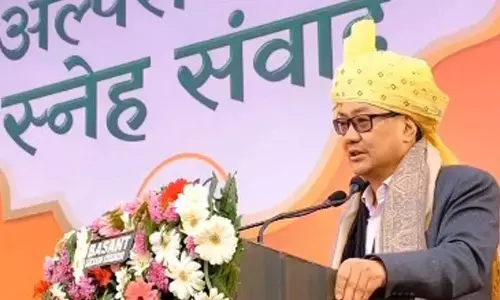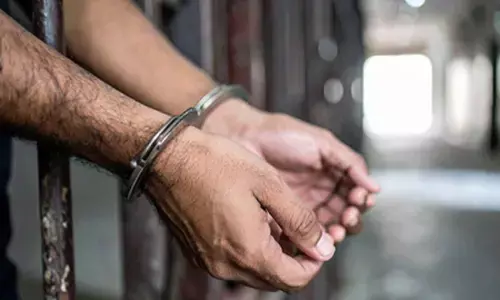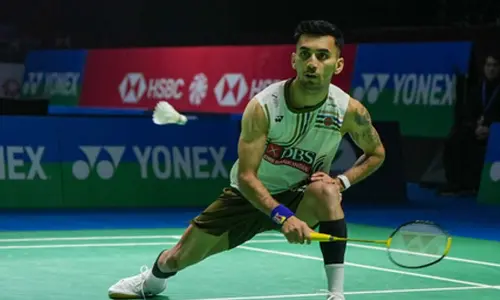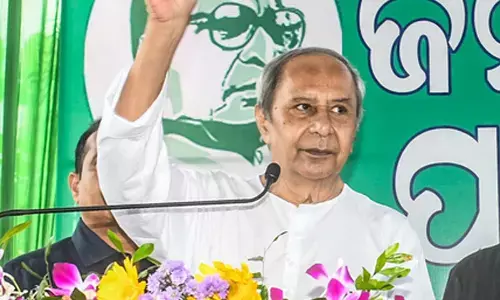Mission Kakatiya Needs Feasibility Study First

Mission Kakatiya Needs Feasibility Study First. Mission Kakatiya to revamp the chain of thousands of historic tanks in Telangana is a very laudable Project. But, it is a very cost intensive scheme.
Mission Kakatiya to revamp the chain of thousands of historic tanks in Telangana is a very laudable Project. But, it is a very cost intensive scheme. It is estimated that there are 46000 tanks and it needs Rs.22000 crore outlay to repair them. It works out to on an average of Rs.48 lakhs per tank. Even smaller tanks than the average also may not cost less than Rs.20 lakhs.

In addition, there are several problems associated with these tanks neglected over a period of 60 years. Some of the ‘ shikam’ lands might have been tress passed; in some, flood flow canals might have become defunct; in some of them the silt could be saline and is not useful for applying to fields to add fertility; most of them may not get enough water to get filled in a rainy season in the changed rainfall patterns and also because of changed ground water regime so on so forth. There is need to address these problems in the implementation of the Project. In view of the heavy cost, It also needs to work out the feasibility of individual tanks and overall Cost-Benefit analysis of the project.
The rains have become very fluctuating and erratic in recent years affecting both surface water flow and the ground water regime. The underground water table is created by the addition of rain water percolated in to the ground and added to the ground water reserve every year. In addition to using the impounded water in surface structures like tanks people will also be drawing water from the ground water table through open wells , bore wells, tube wells etc. for irrigation and conjunctive use. If we are drawing more water than the water added to the ground water reserve every year, it results in over draft of the ground water. It lowers the water table and makes water scarcer.
Bore wells have become the bane of Telangana in the domain of irrigation. After the advent of bore well technology, in Telangana the overdraft of ground water has become a pernicious problem. Countless bore wells have cropped up because of the scarcity of canal irrigation. The hapless digging of bore wells in desperation for irrigation water by the farmers in almost the entire Telangana area has resulted in heavy over draft of ground water every year. The overdraft and the drastic lowering of water table from thereon is the reason for the large number of failure of bore wells. This has also resulted in the streams and rivulets not flooding or retaining any water in them during rainy season as in the good olden days before the advent of the bore wells.
Because of the woefully deeper water table and the bone dry underground a large portion of the rain fall is needed to wet the underground, before making the water run off on the surface .Therefore in small and moderate rainfall the water does not flow on the surface. The streams and the flood flow canals rarely flow as the rain water percolates rapidly in to unsaturated underground. The run off because of the major rains which are few and far between is not sufficient to fill the tanks. That is the reason why most ofthe tanks in Telanganado not get filled up even in a normal rainfall year.
When there were no bore wells the streams and rivulets in Telangana were over flowing during the rainy season for a few days and there used to be some water in them throughout the rainy season and in some of them even during winter season also. But it is not the situation today. Because of the excessive number of bore wells the very ground water availability and surface flow dynamics of the area is changed. The possibility of the surface flow in the streams filling up the tanks is drastically reduced. Much of the rain water is going down the drain in to the depleted ground water table. To answer this problem there is need to impound the water in medium and major irrigation projects and Lift irrigation schemes which receive water from a vast catchment from upper reaches and from other states also. Huge quantity of water flows in to them during a limited number of flood days in the rainy season. In addition to irrigating the regular ayacut, these projects during the rainy season can feed these small water bodies with link canals and feeder channels
Therefore it should be noted that the repair to the tanks per se may not get the water to them. But, they will be made ready to receive the water from the rainfall and also the existing or proposed irrigation projects in the vicinity in increased quantities. It will be mostly from the irrigation projects, by gravitation or by lift. This will also improve the ground water and alleviate the problems of bore well farmers in the upland areas other than the ayacuts of the irrigation projects and the tanks. This can be assumed as the essence of the project.
In coastal Andhra in addition to higher rainfall than in Telangana and because of the canal irrigation, additional water is added to ground water by percolation.There,because of the soft or semi-hard rock soils the water movement underground is more fluid than in Telangana area where hard rock soils are the norm. Therefore there is no failure of bore wells. Because of this and some other natural advantages like sandy and alluvial geological formations in some places, there is a feasibility of high yielding tube wells and filter points also. In some Rayalaseema districts the rain fall is low and soils are hard like in Telangana and find in the same hapless situation as in Telangana.
In view of the heavy cost for repair and the undependable nature of rain floods, it becomes necessary to know whether the repair actually brings in the desired change or not depending on the situation of each tank. Thus it becomes necessary to carefully assess the need for repair. It needs to undertake a feasibility study for assessing the need for repair or its usefulness in near future, if not immediately. A more detailed study may be needed in case of some of the tanks, for optimum use of the funds. That process can eliminate some of the tanks. It may not be sensible to go for blanket repair for all and sundry tanks. Priority should be given to the tanks which have feeder canal facility to be linked to the existing or the proposed irrigation projects that will come up in near future and the tanks which have dependable rain flood source.
In the circumstances obtained on the ground presently, the tanks, at least most of them getting filled by rain water alone are a meek possibility. The only foolproof way of filling these tanks every year is to fill them up by the flood water from the irrigation projects or the lift irrigation projects. Therefore it becomes imperative to examine the usefulness of the repairs of the tanks from this angle. For that priority can be given to the tanks which can get fed by nearby irrigation projects in the first phase.
In coastal Andhra, themain reason for the water table being high below ground level is because of the river canal system. If TS constructs/completesthe decades old pending irrigation projects and make use of all the water allotted to it and also use the additional flood water in excess rainfall years Telangana also will be obtaining more or less same ground water advantage as in case of coastal Andhra. A model of that we can see in Metpally and Jagtial under SRSP and Miriyalguda and Huzurnagar areas of NSP to some extent.
Therefore, Mission Kakatiya can be construed as an adjunct to the irrigation projects existing and on the anvil in TS. Unless these projects are constructed and water is fed to these tanks they can never regain their old glory. Tanks without the feeder possibilities now or in near future, most of them may not get the benefit of the repair. There is no need to have the misgivings on the Project. But to make it meaningful a technical and economic feasibility study before attempting the repairs to each tank based on these aspects and some other relevant things appears to be necessary.Involvement of Water Users Societies can be useful. It is good that NABARD will get associated with it.It might ensure a systematic implementation of the scheme with requisite Cost – Benefit analysis.
By J R Janumpalli














